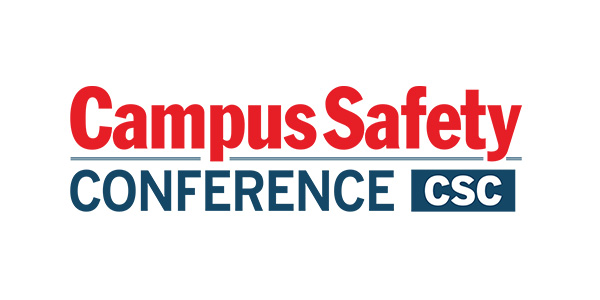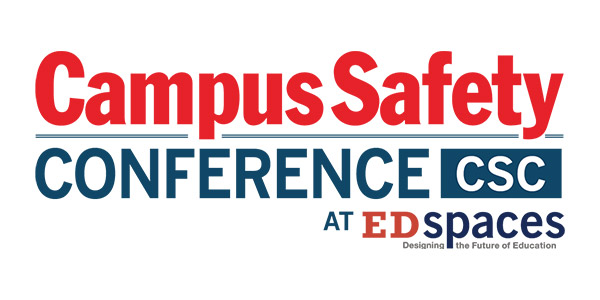One of the hottest topics on school campuses, from daycare to doctorate, is the implementation of an effective mass notification system to distribute time-sensitive information related to health, safety, and convenience issues such as amended operating hours. The days of phone trees to home phone numbers are long gone. And of course, the era of static posting of a time-sensitive “alert” on a web site is a never-was, although the latter has been a reality for some institutions in the absence of any other system.
In a world of growing expectation for mass notification capability on the part of those at least partially charged with our safety, a closed-loop, private system is becoming the standard. This paper describes how to accomplish it.
The Case for a Private System
Let’s start with this premise: To properly execute a mass notification process, you must own the tools and the data. Your constituents’ reliance on disparate, unconnected web sites promoting “Input your contact information here for closings information for
Institution XYZ” is ultimately a disservice to your institution and to the people who hope to receive the information. Some of these services, which range from alerts companies to television stations, are genuinely well-meaning. All have economic incentives behind their activities. That isn’t necessarily bad, but in such an environment there is no way for the institution to know who is being reached. Worse yet, the user who inputs his or her information into, say, a TV station’s portal may mistakenly believe that he is covered by his action in terms of receiving notifications, when in reality he may never receive anything. And, if there is an official outlet for time-sensitive notification from the institution, the individual may never find it because he or she is not looking. Therefore, the proliferation of such “public” systems usually causes more confusion than actual benefit.
Given this, the key is to get something in place while people are actively seeking those portals. And of course that time is now.
Select the Communication Modes
Many institutions begin the process by assessing what contact information they already have. But this is not the first step, because regardless of what you have in hand, you are going to go get the information when the system is in place. While the implementation of a good system should be straightforward, it makes no sense to do it multiple times, each time constrained by whatever contact information-gathering process is in place. Get the most capable system you can envision and afford now, and worry about getting the contact data into it later. In any case, most good systems have tools to facilitate this data collection.
Text messaging in mass notification is de rigueur these days. Most public portals, as described above, facilitate this mode in particular. If you don’t text, you don’t have a system. Of course, e-mail and traditional voice messaging are popular, and these modes extend reach and accessibility. E-mail is generally needed just to run the system. Many initiation and update processes are web-based, and it is convenient to present clickable links for these via e-mail. In addition, there are practical limitations in length and format of text and voice messages that do not exist in e-mail.













